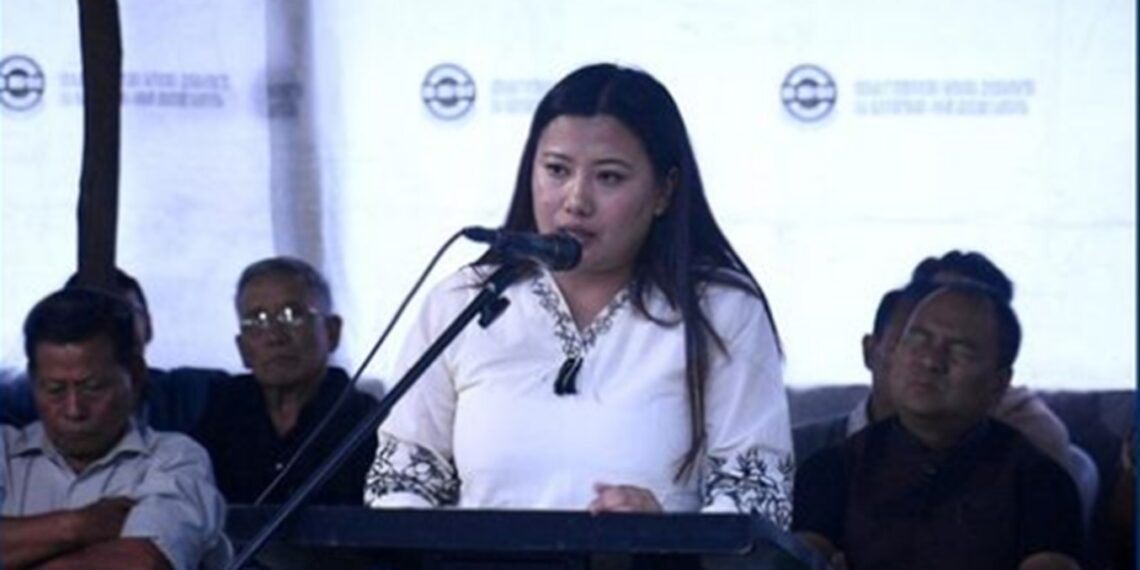KOHIMA: A managing director of a school in Kohima, has made history by becoming the first woman to declare her candidacy for the upcoming municipal elections in Nagaland.
The elections, scheduled for June 26, will be a landmark event as they will include the first-ever quota for women in municipal elections in Nagaland. The last Urban Local Body (ULB) polls were held in 2004.
Kelhousenuo Khruomo, 29, aims to contest the Kohima Municipal Council (KMC) election from Ward 1, which is one of the largest and is reserved for women.
With an impressive academic background including a degree in English (Hons.) and a B.Ed., Khruomo currently leads Cambridge Montessori Pre School in Kohima.
She is also an active member of the Nationalist Democratic Progressive Party (NDPP) and expressed her desire to contest the election on the party’s ticket.
“I am fully prepared to sacrifice for both men and women, young and old, rich and poor,” Khruomo stated, highlighting her dedication to serving the diverse needs of her community.
Khruomo has outlined a comprehensive platform focusing on key issues such as improving the water supply, establishing a community sub-centre for healthcare services, and enhancing access to education.
She highlighted her commitment to consulting the ward panchayat for any development initiatives and involving the community in decision-making processes.
The announcement of Khruomo’s candidacy comes on the heels of a significant decision by the Nagaland Cabinet on April 27 to reserve 33% of seats for women in the upcoming local body polls.
This move aligns with the provisions of the 74th Constitutional Amendment Act of 1992, which Khruomo noted is being implemented “32 years late” in the state.
Ward 1, which she intends to represent, has a total of 4,928 electors, including 2,478 males and 1,986 females.
It is one of six wards in Kohima reserved for women, with the others being Wards 4, 7, 10, 13, and 16.
Khruomo views the 33% reservation as a crucial step towards equitable representation and increased involvement of women in the state’s decision-making processes.















